
Choosing how to bring your creative products to life can be a daunting decision for artists, designers, and entrepreneurs. With so many options available, understanding the trade-offs is crucial.
In this guide, we explore print on demand vs do it yourself, breaking down costs, time investment, quality, and scalability to help you decide which approach best fits your goals and resources.
You'll have a clear roadmap to make the smartest choice for your business.
What Is Print-on-Demand (POD)?
Print-on-demand, or POD, is a way to sell products without keeping them in stock. You create a design and upload it to a service, and the product is only made when a customer places an order.
This approach lets you try different ideas without spending money on large quantities. You don't have to handle printing, packing, or shipping yourself, which saves time and effort.
Each item usually costs more than making it yourself, and the final quality depends on the provider. Knowing these points helps you figure out whether POD works for your goals and resources.
What Is Do-It-Yourself (DIY) Printing?
Do-it-yourself printing means you handle the production of your art yourself instead of relying on a third-party service.
You buy the printer, paper, and other materials, then create each print as orders come in or in small batches.
This gives you full control over the quality and allows you to experiment with different papers, inks, and finishes.
The trade-off is that you need space to store supplies and equipment, and you're responsible for packaging and shipping each order.
DIY printing often has higher upfront costs, but your profit per item can be higher once you cover those costs.
It also gives you more flexibility to offer custom sizes or limited editions for your customers.
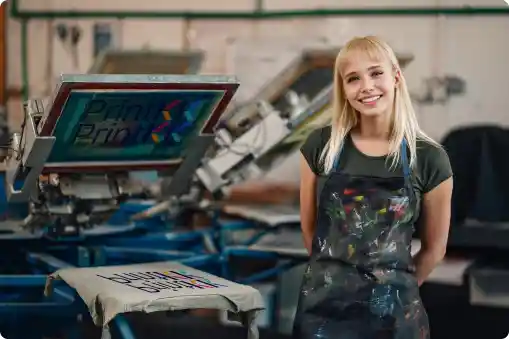
Print on Demand vs Do It Yourself: Complete Comparison
Upfront Costs
Print on Demand
With POD, your initial investment is minimal. You only need a computer, internet access, and account setup on a platform.
You don't buy inventory or equipment, so starting is fast and cheap. This lets you experiment with different products without risking much money.
Do It Yourself
DIY requires buying equipment and materials upfront. You might need printers, heat presses, or specialty tools depending on your product.
The initial cost can be significant, and you need to consider space and storage for your supplies before production even starts.
Ongoing Production Costs
Print on Demand
Each order has a per-unit fee that covers printing, packing, and shipping. You pay only when a customer buys something.
This keeps your expenses predictable but slightly higher per product compared to bulk DIY production.
Do It Yourself
With DIY, ongoing costs include materials, replacement parts, and utilities.
While each unit is cheaper than POD at high volumes, these costs vary depending on the products you make and how efficiently you operate your equipment.
Time and Labor Investment
Print on Demand
POD saves you significant time because the provider handles production, packaging, and shipping.
Your main responsibilities are managing orders, marketing, and updating designs.
You can focus on creating new artwork or promoting your brand without worrying about daily fulfillment tasks. This is especially useful when you have multiple products or limited time.
Do It Yourself
DIY printing requires hands-on work for every order. You print, trim, package, and ship each item yourself. Time per order is higher, and managing multiple orders can be challenging.
You'll need to develop routines to stay organized, and mistakes in printing or shipping can slow down your workflow.
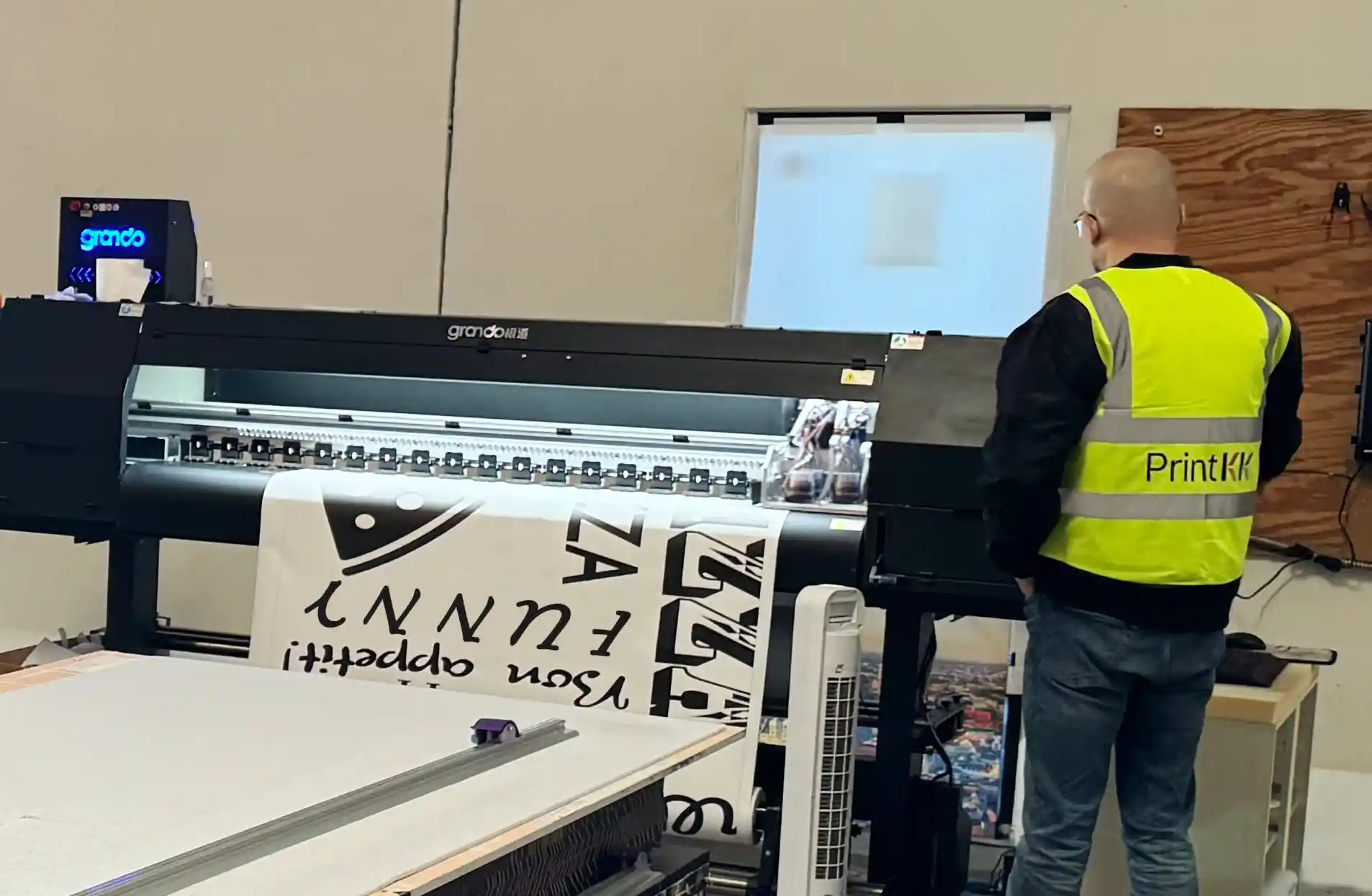
Operational Efficiency
Print on Demand
POD is operationally smooth because orders are automated. You don't need to worry about running out of stock or managing multiple batches.
Each order triggers the printing process, so operations run without your constant oversight. This allows you to focus on marketing and design improvements instead of logistics.
Do It Yourself
DIY operations are slower since every task depends on you. You must schedule printing, drying, trimming, packaging, and shipping.
If orders increase, you'll need to plan batches carefully. Maintaining efficiency requires careful workflow management and time tracking to avoid delays.
Control Over Product Quality
Print on Demand
Quality depends on the provider. You may have limited ability to adjust colors, textures, or finishes, which can be frustrating if your art requires precise results.
Some providers produce high-quality prints, others may not meet your standards. Sampling products is essential before offering them to customers.
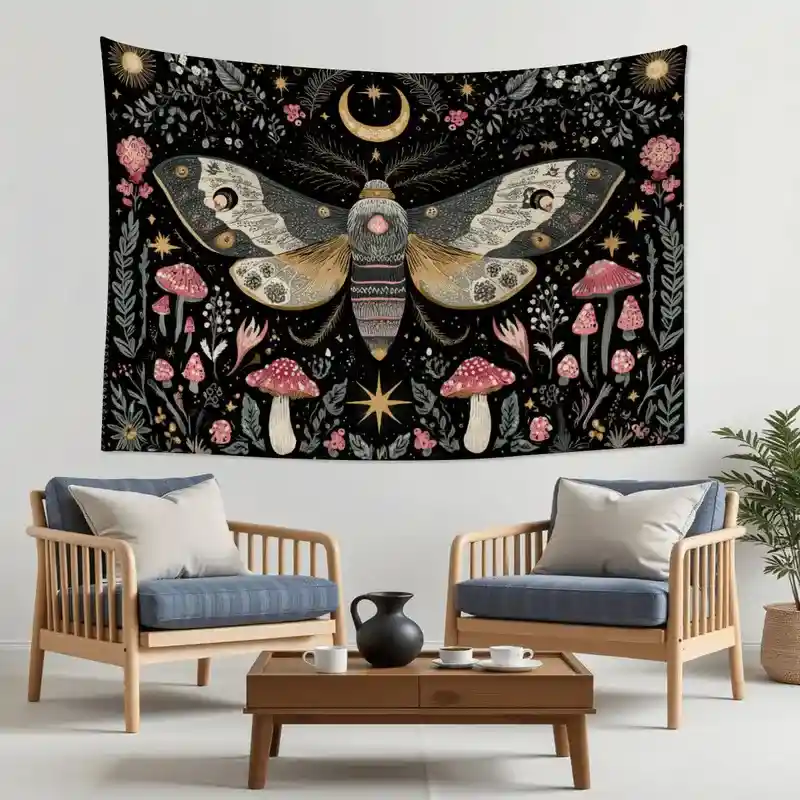
Print On Demand Tapestry (3:2) (Made in USA) - PrintKK
Do It Yourself
DIY printing gives full control. You decide paper type, ink, and finishing for every print, ensuring each one meets your expectations.
You can experiment with new materials, create limited editions, and adjust settings for optimal results. Mistakes are your responsibility, but the outcome reflects exactly your vision.
Product Variety and Customization
Print on Demand
POD offers a high degree of customization. However, not all platforms support unique sizes or special materials, which may limit certain creative possibilities.
Nevertheless, POD still allows you to experiment with different types of products with minimal risk—from apparel and home goods to accessories and stationery—helping you find the best applications for your designs.
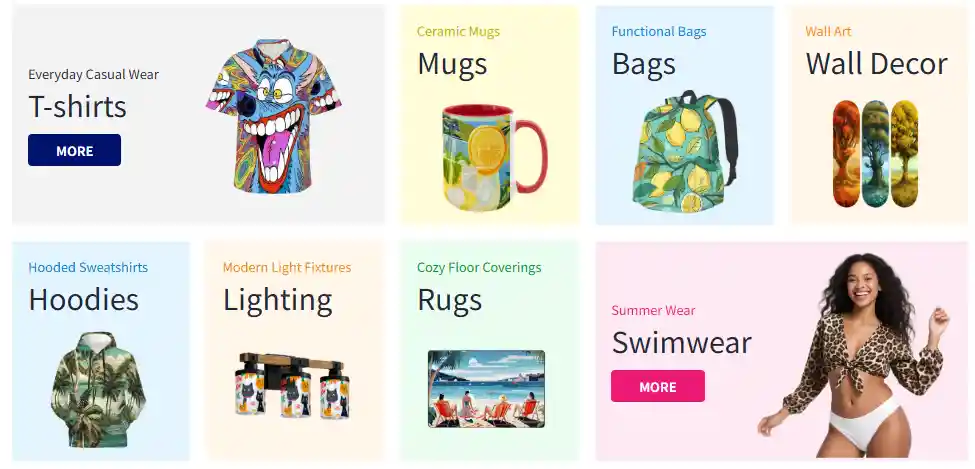
Do It Yourself
DIY allows total flexibility. You can produce custom sizes, specialty finishes, and one-off editions for specific customers.
This approach helps you appeal to niche markets or collectors. You control exactly how each piece looks and feels, letting you experiment with creativity without restrictions.
Storage and Inventory Needs
Print on Demand
POD requires virtually no storage. Products exist digitally until someone orders, so you don't need space for paper, ink, or packaged items.
This eliminates inventory risks and frees up room in your home or studio.
Do It Yourself
DIY printing needs space to store raw materials, supplies, and finished prints. You'll need to organize storage efficiently to prevent damage or clutter.
As your business grows, managing inventory can become a bigger challenge, requiring careful planning and space allocation.
Logistics and Shipping
Print on Demand
Shipping is handled by the provider. Packaging, postage, and tracking are included, which removes the burden of logistics from you.
This makes fulfilling orders simpler, especially when selling to distant customers or multiple countries.
Do It Yourself
With DIY, you manage every step of shipping. You handle packaging, labeling, postage, and delivery.
Mistakes or delays fall on you, and time spent packing can limit how many orders you can fulfill daily. You may need to learn best practices for shipping fragile or large prints.
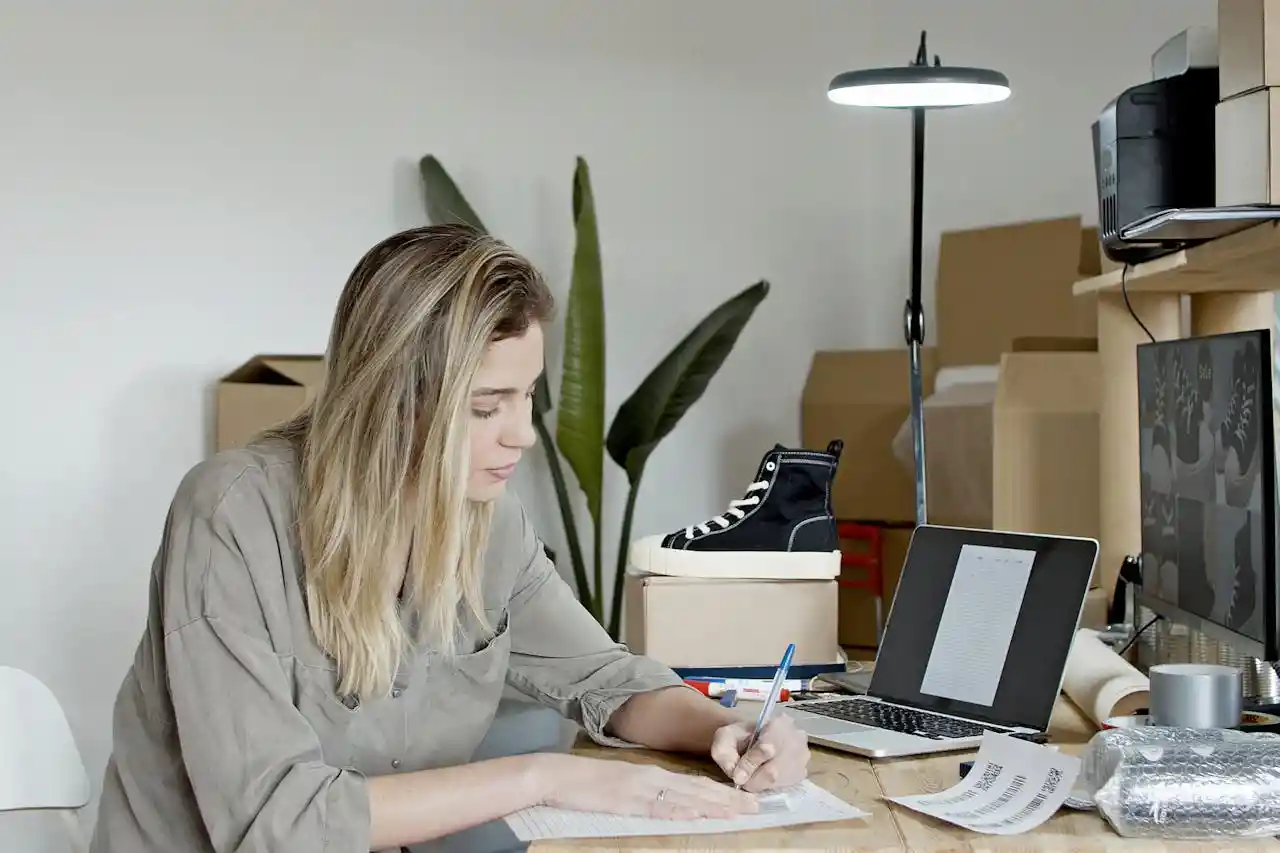
Target Audience Fit
Print on Demand
POD works well for online-focused or price-sensitive audiences. It lets you test new designs quickly and suits casual buyers who value convenience.
And POD makes it easy to reach a global audience without handling inventory or shipping.
Do It Yourself
DIY suits customers who value quality, craftsmanship, and personalization.
Collectors or fans of your art may be willing to pay more for premium prints or custom editions. It's better for local markets, galleries, or niche audiences who appreciate the extra effort.
Profit Margins
Print on Demand
Margins are smaller because the provider charges for printing, packaging, and shipping.
Your earnings per item are limited, especially for low-cost products. You may need higher volume to generate substantial income.
Do It Yourself
DIY allows higher profit per item. Once you cover initial costs, printing in-house reduces per-unit expenses.
This means each sale contributes more directly to your income. You can also adjust pricing based on quality, customization, and exclusivity.
Scalability and Growth Potential
Print on Demand
POD scales easily. You can sell more designs and reach a global audience without worrying about production capacity.
The provider handles increased orders automatically, letting you grow your business with minimal operational stress.
Do It Yourself
DIY growth is limited by your time and resources. Scaling requires extra equipment, helpers, or automation.
Handling more orders can be challenging if you don't expand production capabilities, so growth is slower and more hands-on compared to POD.
Why Some Artists Start with POD Before Printing Themselves
Starting with Print-on-Demand (POD) is often a practical choice for new artists selling mainly online.
You can test your designs without committing money upfront, which helps you see if people are actually interested in your work. This approach allows you to focus on creating rather than managing inventory or shipping.
When you handle everything yourself, like DIY printing, there are several challenges:
- Upfront costs for equipment and materials.
- Learning how to package and ship products efficiently.
- Storing unsold prints and dealing with returns.
For many beginners, these tasks can feel overwhelming. With POD, all you need to do is upload your images and let the platform handle orders.
You don't have to inspect each print or manage logistics, which frees up your time to experiment with different designs.
Some artists eventually switch to DIY after building confidence and a steady customer base.
Starting with POD first helps you understand what sells, learn how your audience responds, and make informed decisions before investing in equipment or materials.
It's a low-risk way to begin, giving you data and experience before committing fully to producing everything yourself.
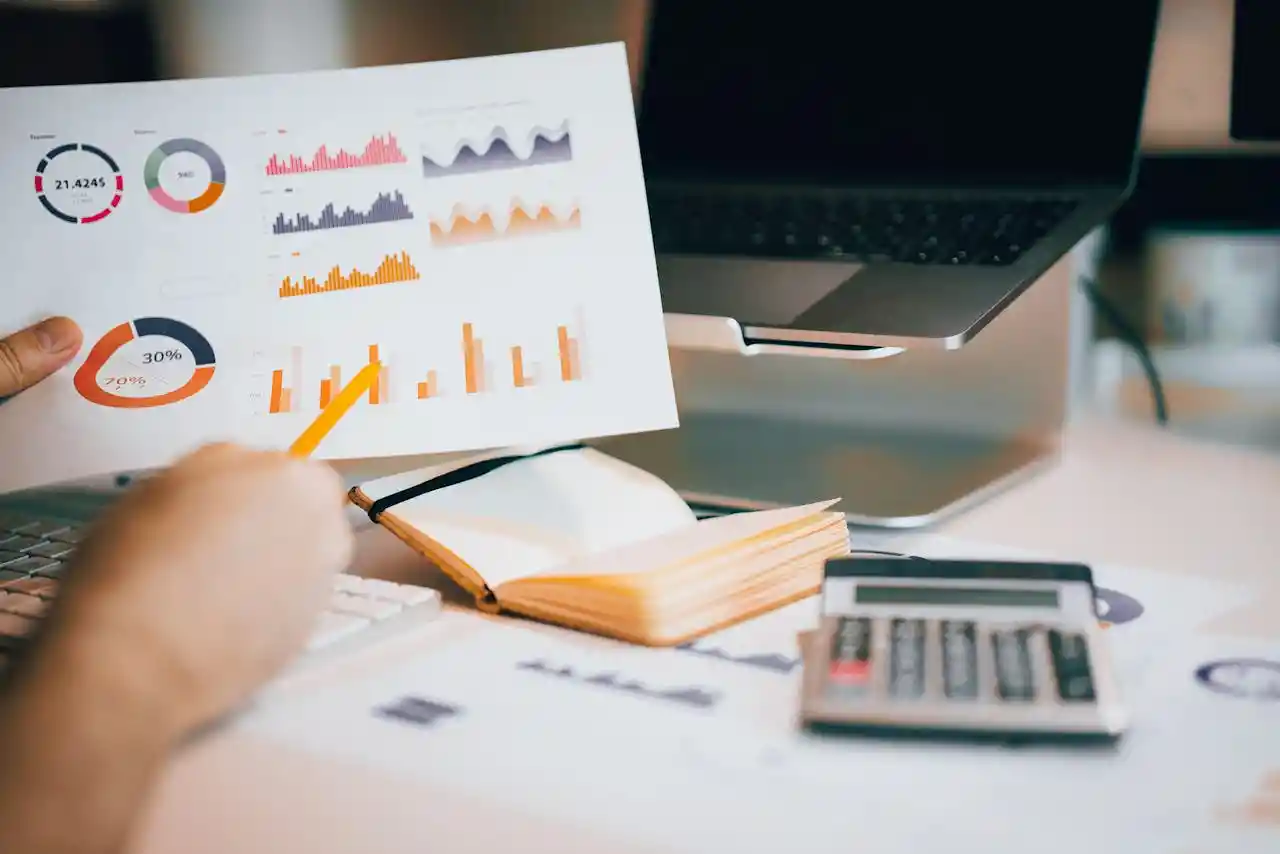
When and How to Transition Between POD and DIY
Two Transition Scenarios
There are two main ways you might switch between models.
POD → DIY works if you want higher profit, more control over your brand, and long-term growth.
You take on production, so you can adjust quality, materials, and packaging exactly how you want.
DIY → POD is useful if you want to reduce workload, scale quickly, or reach customers in other countries.
You hand off printing and shipping to a platform, so you can focus on creating, marketing, and expanding your audience. Knowing which path fits your goals helps you plan your next steps without unnecessary risk.
When to Switch
POD → DIY may be right when:
- Your orders exceed a manageable number each month (around 100–200 units).
- Unit costs plus shipping are higher than producing yourself.
- You need custom packaging or faster delivery to maintain customer satisfaction.
- You have consistent products that sell well and are worth investing in equipment.
DIY → POD makes sense if:
- You struggle to keep up with growing orders, leading to delays or mistakes.
- You want to focus on marketing and design instead of handling logistics.
- You want to sell internationally without dealing with shipping regulations.
- Your storage or production space is limited, making scaling difficult.

Custom Gildan 5000 Unisex Cotton Tee Customized Services - Print on Demand Fulfillment - PrintKK
How to Switch Effectively
For POD → DIY:
- Start small: move only your best-selling 1–2 SKUs first.
- Gradually invest in equipment or outsource locally instead of buying everything at once.
- Keep POD active for low-volume or experimental items.
- Set up processes for:
- Inventory tracking
- Quality checks
- Customer communication
For DIY → POD:
- Select partners carefully, comparing quality, cost, and shipping speed.
- Move high-effort or low-margin products first.
- Inform customers about shipping or packaging changes to avoid confusion.
- Automate fulfillment using tools like Shopify or Etsy plugins to reduce manual work.
Pitfalls to Avoid
Watch out for mistakes that can hurt your business or customer trust:
- Switching too early: Making a big change without enough sales data can lead to losses.
- Ignoring hidden costs: Equipment maintenance, returns, and customer support all add up.
- Customer experience gaps: Inconsistent packaging, slower shipping, or quality changes can frustrate buyers.
- Overcomplicating the transition: Trying to move everything at once often creates confusion and delays.
- Not tracking performance: Keep an eye on sales, costs, and feedback to know if the transition is working.
Expert Tips
hoosing between print on demand vs do it yourself depends on your goals, resources, and audience.
POD lets you start quickly with low upfront costs and minimal logistics. DIY gives you more control, higher profit potential, and the ability to customize your products fully.
You can start with POD to test your market, then gradually move to DIY as your business grows.
With the right approach, you can combine flexibility, quality, and profit to grow your art business successfully.
FAQs
What is the startup cost difference between POD and DIY?
POD requires very little upfront money. You mainly need designs and an online store. DIY printing demands buying a printer, paper, ink, and packaging supplies, which increases initial costs significantly.
Is print on demand profitable?
POD can be profitable, but margins per item are smaller. You earn less per sale compared to DIY. Profitability improves with volume, popular designs, and careful pricing strategies that cover production and shipping costs.
Which model is better for eco-friendly products?
DIY gives you more control over materials and processes, making it easier to choose recycled paper, eco-friendly inks, or sustainable packaging. POD options vary widely, so check providers carefully before committing.
Is print-on-demand better than DIY printing?
Neither is strictly better. POD is convenient for testing designs and low-volume sales. DIY is ideal for higher control, custom options, and better profit margins. The choice depends on your goals and resources.
Can I use both POD and DIY?
Yes. Many artists use a hybrid approach. You can handle your main products with DIY for quality and profit, while using POD for experiments, low-volume items, or testing new designs efficiently.


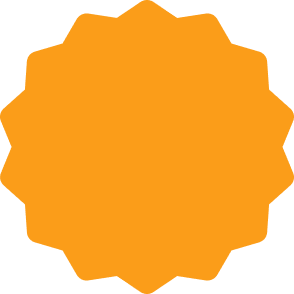







 Global Shipping
Global Shipping





























